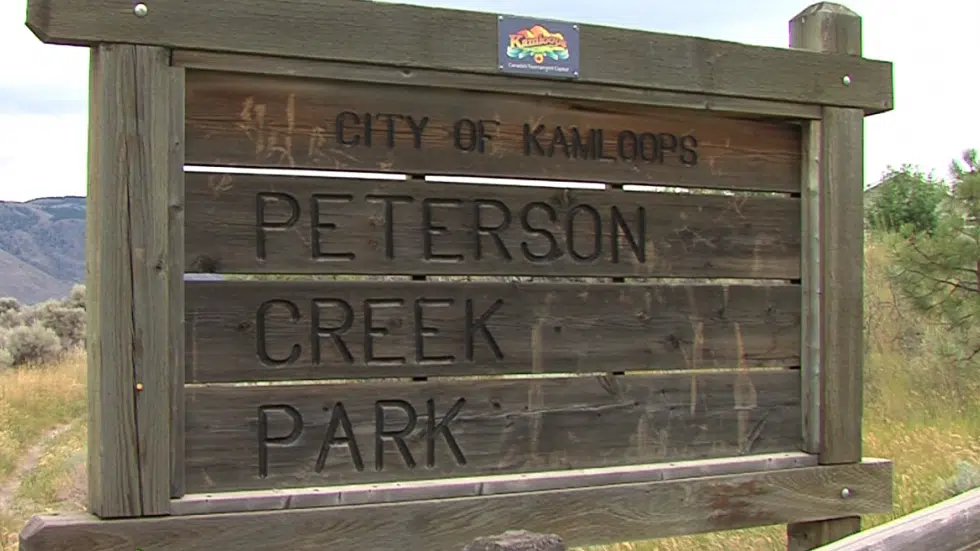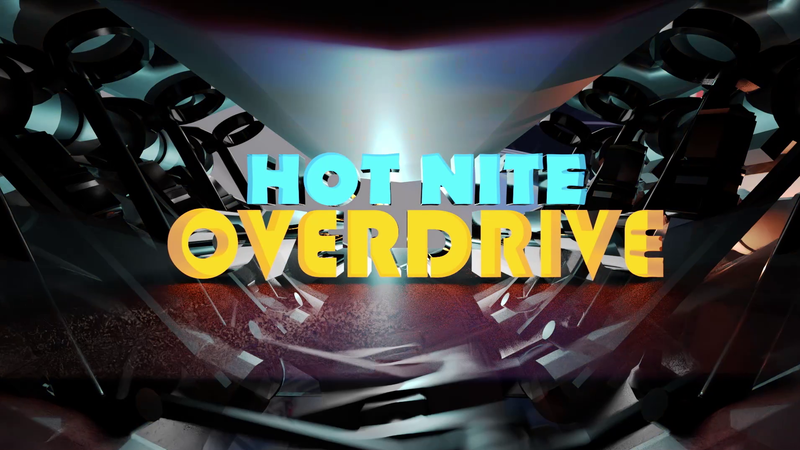
Rules are there for a reason
KAMLOOPS — The Falls View Trail in Peterson Creek has a new and shiny sign post at the trail start letting cyclists know the route is not suitable for bikes due to sharp turns hence reduced visibility, narrow pathways, etc. I’d add risk of erosion to that list, which is something I mentioned in a prior column. I’ve seen bikes on that trail before but thought this new sign will be a better argument for why they should use other trails.
Not quite. The tire tracks are visible and, to be honest, a let down. For the city employees putting up the sign it’s frustrating. They said so. I am sure the same is likely being said by all the cyclists who choose to obey the sign. A few can indeed ruin it for everyone. I’ve heard it before from people who love the park and would like to enjoy it for years to come without the fear of seeing trails closed because of those who disregard the rules.
The same can be said about the made-up trails recently blocked by the city. The ones that are most treacherous have clear signs advising of the closure. Others are simply blocked to stop erosion or protect sensitive plant habitat, but there could be no mistake about the message: do not use this trail. Yet some still do.
On a smoky day last week while out on a short dog walk through the park, I met the three city parks employees I often see doing work in Peterson Creek Park. I told them how much I appreciate the work they did. Some jobs are bigger than others, but all noticeable and making the park look much better. They smiled. I also asked how the closures and new signs work. They seem to work for some people and they don’t for others, they said. There are signs that people disregard them, one of them said, which is frustrating. They put work into it and lately they did so in smoky conditions. If nothing else, it’s simply good karma to keep to the trails you’re supposed to be on and not go in the forbidden areas.


